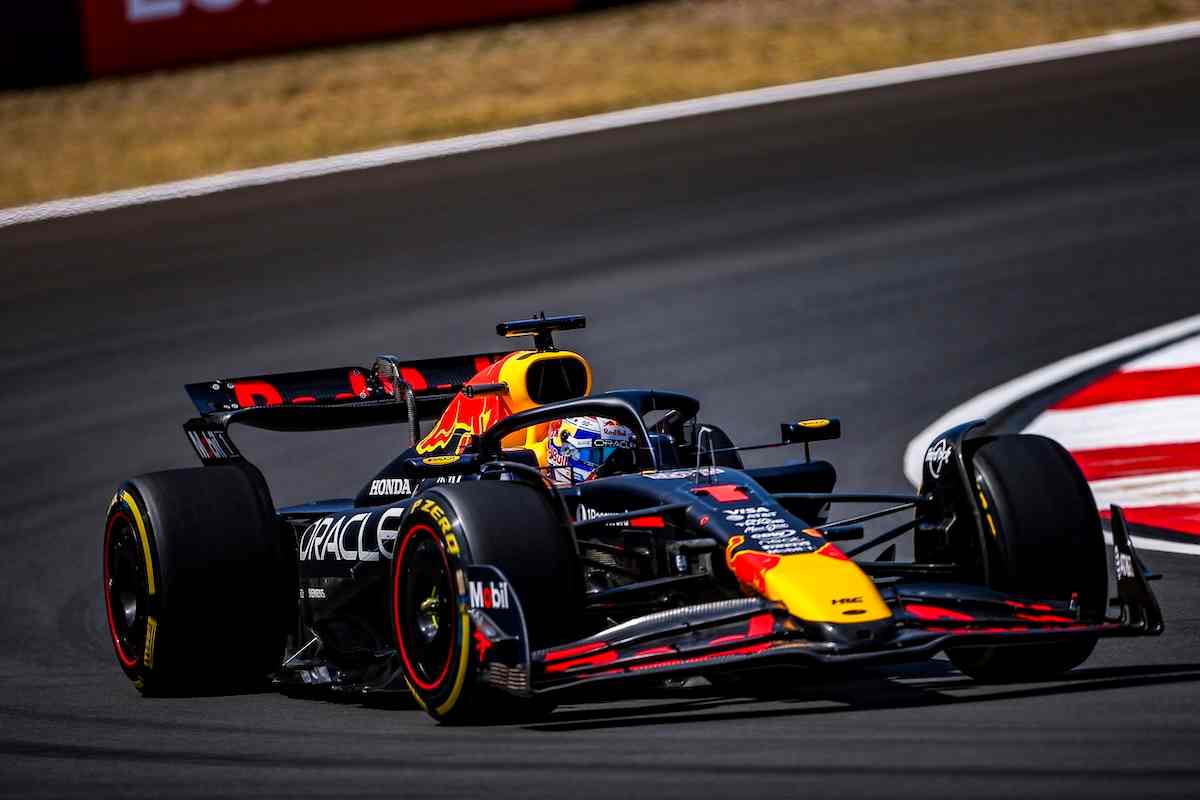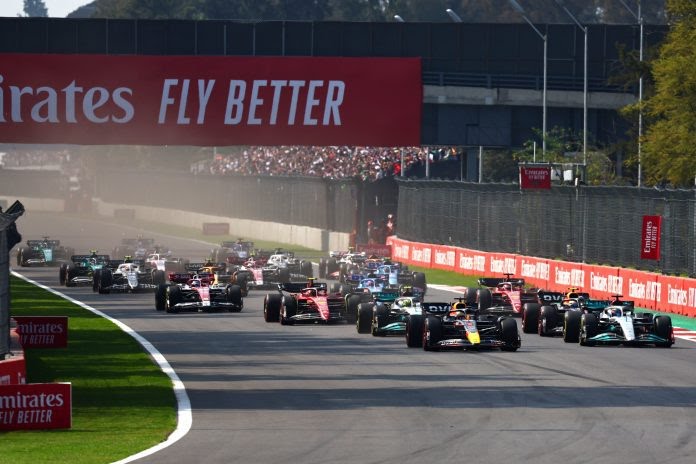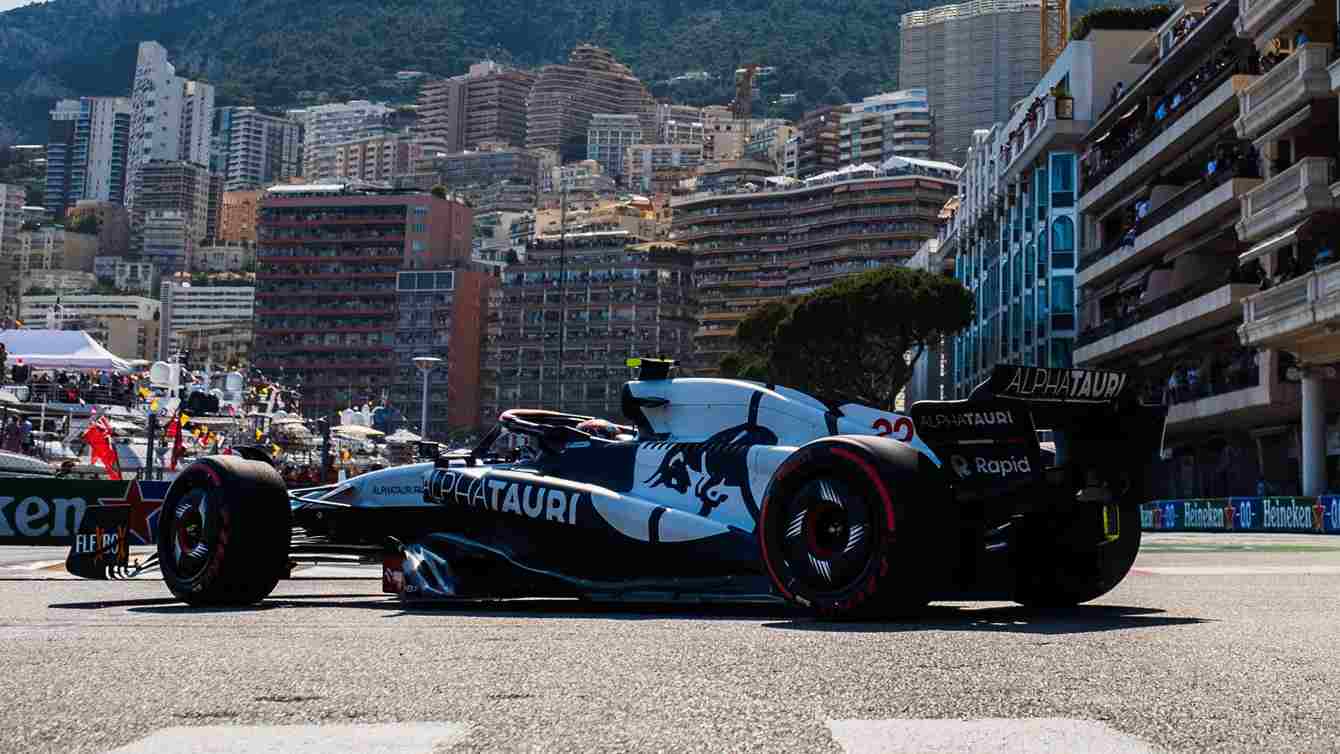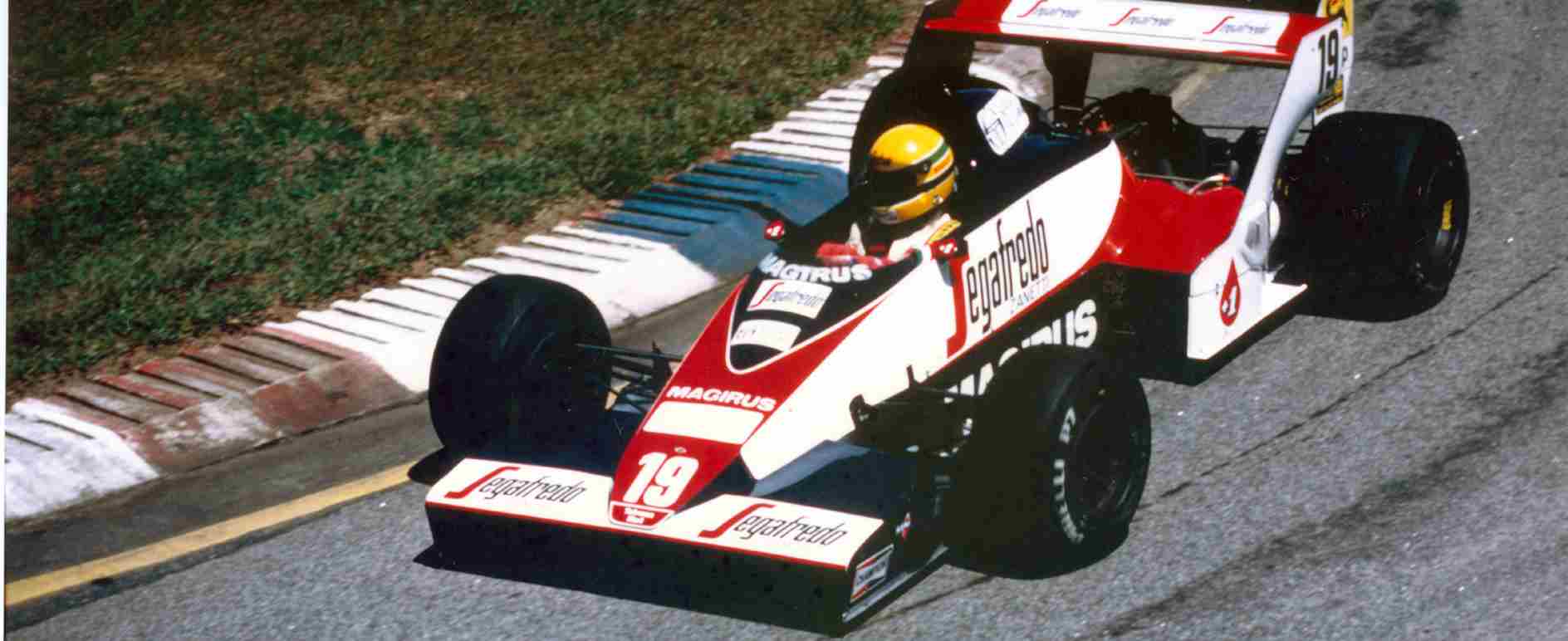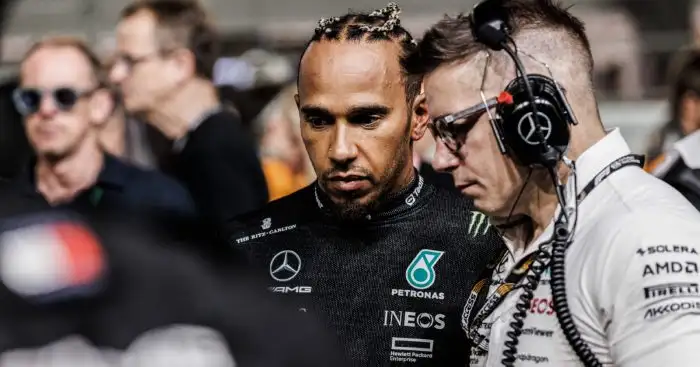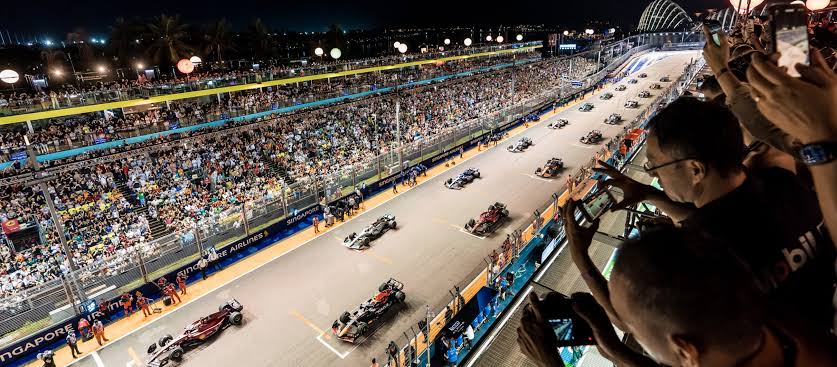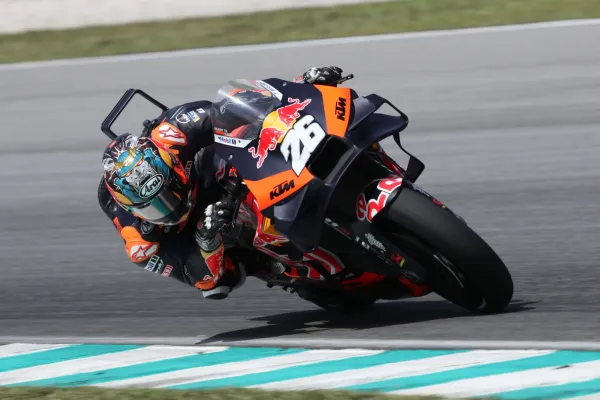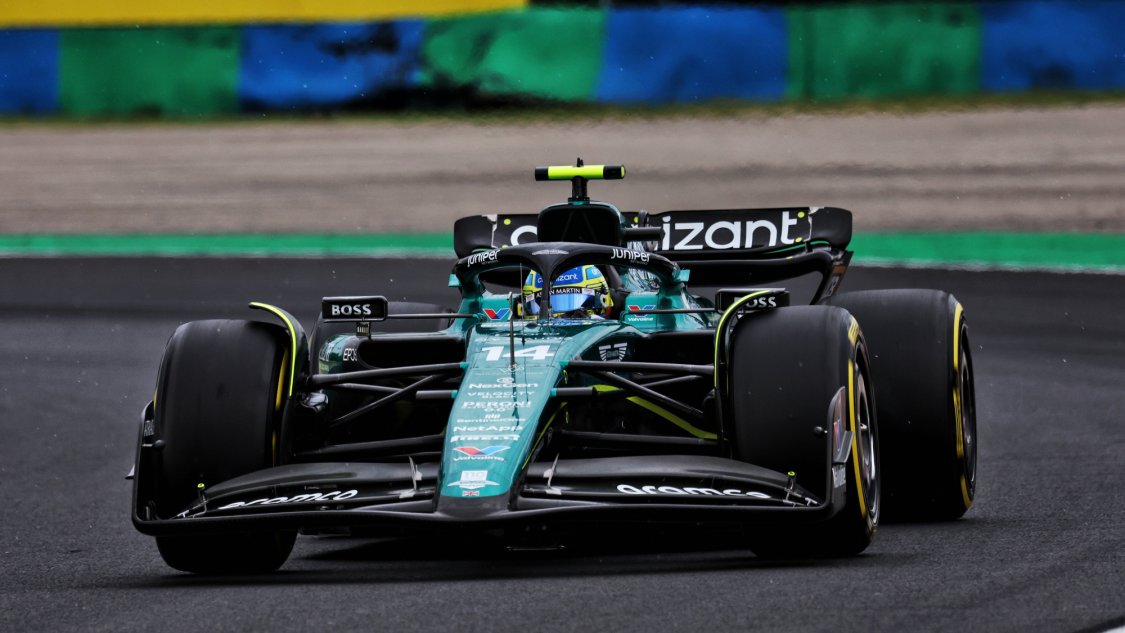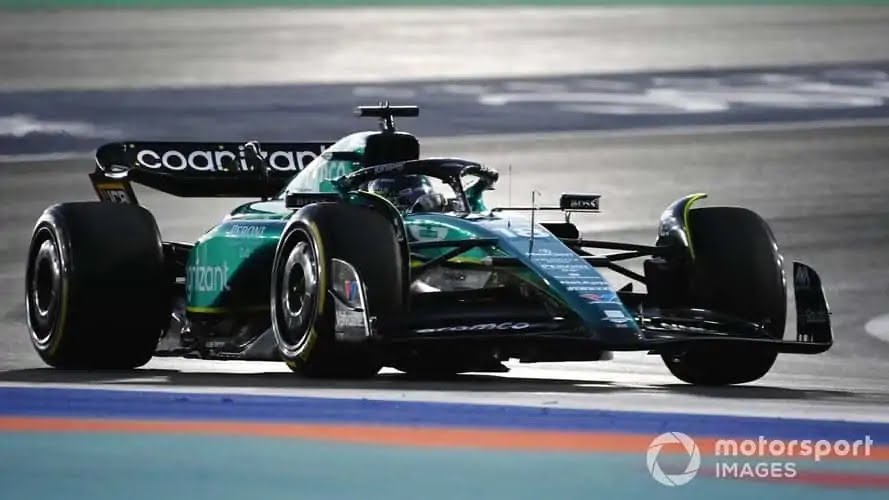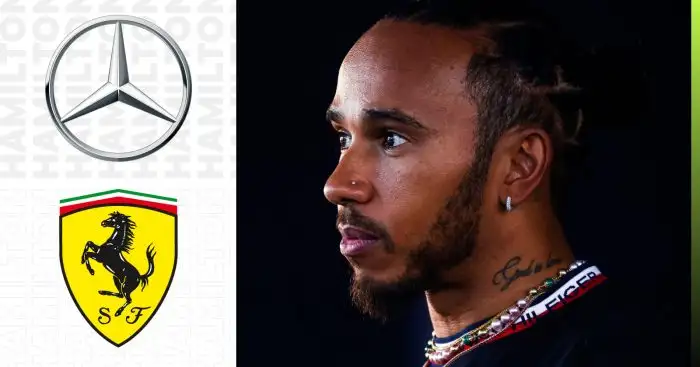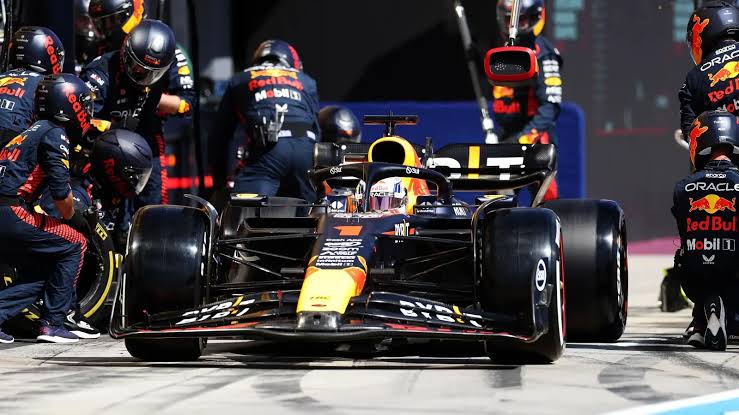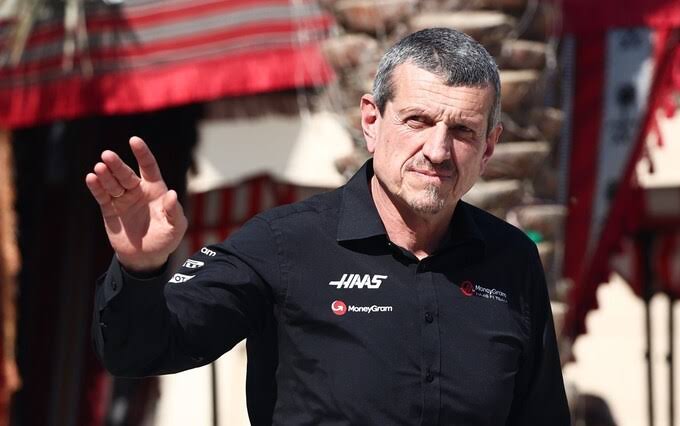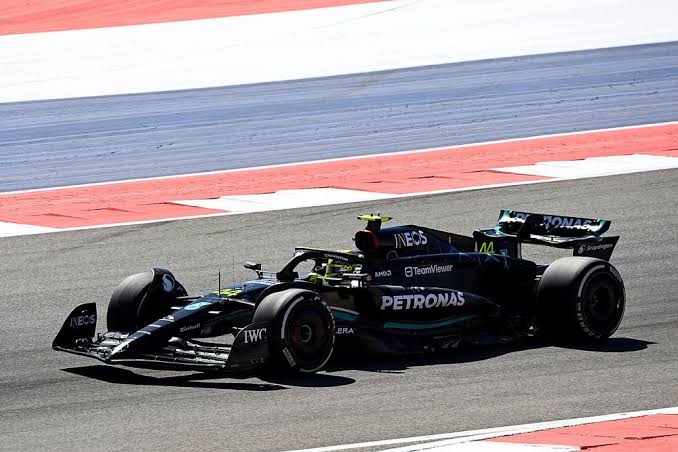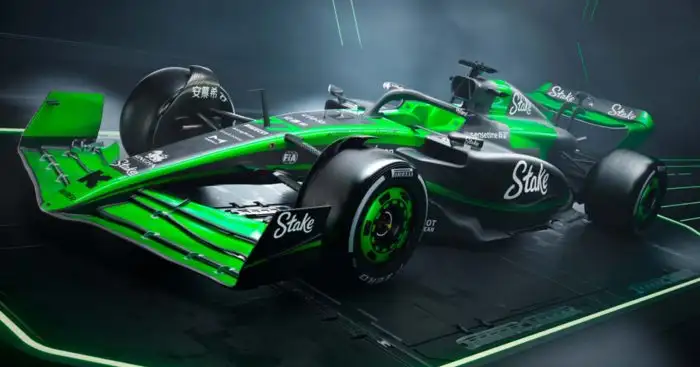Red Bull’s Surprising ’10th Fastest F1 Team’ Ranking: A Closer Look At The 2025 Season
The 2025 Formula 1 season has kicked off with a whirlwind of surprises, and none is more shocking than Red Bull Racing’s unexpected ranking as the “10th fastest F1 team” after pre-season testing. This revelation has sent shockwaves through the motorsport world, especially considering Red Bull’s dominance in previous years, led by four-time world champion Max Verstappen. What caused this dramatic shift, and what does it mean for the team moving forward? Let’s dive deep into the details.
The Context: Red Bull’s Legacy and Recent Struggles
Red Bull Racing has long been a powerhouse in Formula 1, with Max Verstappen securing multiple drivers’ championships. The team has consistently been at the forefront of technological innovation and competitive spirit. However, cracks began to appear in 2024 when the team struggled to maintain its competitive edge against McLaren and Ferrari. Despite Verstappen’s brilliance, Red Bull slipped to third in the Constructors’ Championship last year, hindered by Sergio Pérez’s inconsistent performances and a car that failed to match its rivals in development.
For 2025, Red Bull made bold moves to address these issues. Liam Lawson replaced Pérez as Verstappen’s teammate, bringing fresh talent but limited experience. Yet, pre-season testing results have painted a grim picture for the team, with reports suggesting significant issues in car balance, tire degradation, and outright pace.
Pre-Season Testing: The Numbers Don’t Lie
The 2025 pre-season testing in Bahrain revealed a stark reality for Red Bull. While McLaren dazzled with their pace and reliability, Red Bull struggled to keep up even with midfield teams like Williams and Haas. Analysts pointed to several key factors:
Aerodynamic Instability: The RB21 reportedly suffers from unpredictable handling at high speeds, making it difficult for drivers to extract consistent performance.
Power Unit Concerns: While Honda’s engines have been reliable in the past, rumors suggest that this year’s power unit lacks the efficiency and power output of its competitors.
Driver Pairing: Lawson’s lack of experience at the sharp end of F1 has raised questions about whether he can provide the support Verstappen needs to challenge for both titles.
How Did Red Bull Fall to ’10th Fastest’?
Being labeled as the “10th fastest” is a staggering blow for a team accustomed to fighting at the front. This ranking stems from several intertwined issues:
Development Plateau: While McLaren and Mercedes have made significant strides in car development, Red Bull appears to have stagnated. Their reliance on Verstappen’s exceptional driving masked underlying weaknesses that have now been exposed.
Strategic Missteps: Red Bull’s decision to promote Lawson over more experienced drivers like Yuki Tsunoda or Daniel Ricciardo has added pressure on an already struggling team dynamic.
Budget Cap Constraints: The FIA’s budget cap continues to level the playing field, forcing top teams like Red Bull to make tough trade-offs in development priorities.
Max Verstappen: A Lone Warrior?
Max Verstappen remains one of F1’s most formidable talents, but even he cannot single-handedly carry a struggling team. In 2024, Verstappen amassed enough points alone to theoretically secure second place in the Constructors’ Championship—a testament to his skill but also an indictment of his team’s shortcomings.
For 2025, Verstappen faces an uphill battle. His early-season performances have been solid but not dominant; he currently sits second in the Drivers’ Championship behind McLaren’s Lando Norris. Without significant improvements from his team, Verstappen’s quest for a fifth title may be out of reach.
What Can Red Bull Do to Recover?
All hope is not lost for Red Bull Racing. Here are some steps they could take:
Mid-Season Upgrades: The team must prioritize addressing aerodynamic inefficiencies and power unit performance through aggressive mid-season updates.
Driver Development: Supporting Liam Lawson with additional resources and mentoring could help him adapt faster to the demands of top-tier racing.
Strategic Partnerships: Strengthening collaborations with Honda and other technical partners could provide much-needed innovation.
Mid-Season Upgrades: A Must-Have Strategy
Red Bull must act swiftly if they hope to turn their fortunes around this season. Mid-season upgrades are crucial for any F1 team aiming for competitiveness. Historically, teams that have successfully introduced significant upgrades during the season often see dramatic improvements in performance.
Aerodynamics Focus: Enhancing downforce without compromising drag will be essential for improving lap times.
Power Unit Enhancements: Collaborating closely with Honda engineers could yield vital improvements in engine performance that could translate into better speed on straights.
Driver Development: Building a Stronger Team Dynamic
Liam Lawson’s integration into the team must be handled delicately. With Verstappen as a mentor—coupled with targeted training sessions—Lawson can quickly gain valuable experience that could benefit both him and Red Bull as a whole.
Simulation Training: Utilizing advanced simulators can help Lawson understand track nuances better.
Feedback Mechanism: Establishing a robust feedback loop between drivers and engineers can lead to quicker adjustments based on real-time data.
The Bigger Picture: F1’s Evolving Landscape
Red Bull’s struggles highlight a broader trend in Formula 1—the increasing competitiveness of the grid. McLaren’s resurgence under Lando Norris and Oscar Piastri has set a new benchmark for excellence, while Mercedes continues to innovate with their young talent Andrea Kimi Antonelli. Even traditional midfield teams like Williams and Haas are closing the gap thanks to improved infrastructure and smart driver choices.
This shift underscores how no team can afford complacency in today’s F1. The era of prolonged dominance by a single team may be over.
The Rise of Midfield Competitors
Teams like Aston Martin and Alfa Romeo are also making strides this season. Their investments in technology and driver development are paying off as they consistently challenge established teams like Ferrari and Mercedes.
Aston Martin’s Strategic Gains: With Fernando Alonso leading their charge alongside Lance Stroll, they have shown that experience combined with youthful energy can yield impressive results.
Alfa Romeo’s Technical Innovations: Their focus on aerodynamics has allowed them to punch above their weight class consistently.
Fan Reactions and Media Buzz
The news of Red Bull’s “10th fastest” ranking has sparked intense debate among fans and pundits alike. Some argue that this is merely a temporary setback for one of F1’s most resourceful teams. Others see it as evidence of deeper systemic issues that could take years to resolve.
Social media platforms have been abuzz with speculation about Christian Horner’s future as Team Principal. While Horner remains publicly optimistic, insiders suggest that internal tensions are mounting as pressure builds to deliver results.
Media Coverage and Expert Opinions
Experts across various platforms have weighed in on Red Bull’s predicament:
Sky Sports F1 Analysts: Many have suggested that while it’s too early in the season for panic, immediate action is essential if they wish to remain competitive.
Motorsport Magazine Commentary: Some commentators believe that Red Bull may need a complete overhaul of their strategy if they wish to regain their former glory.
Conclusion: A Season of Redemption or Decline?
Red Bull Racing finds itself at a crossroads in 2025. The “10th fastest” label may be an exaggeration based on pre-season testing alone, but it reflects genuine concerns about the team’s trajectory. With Max Verstappen still capable of extraordinary feats and Liam Lawson eager to prove himself, Red Bull has the tools for a comeback—but only if they act swiftly and decisively.
As fans eagerly await the next rounds of racing, one thing is clear: Formula 1’s unpredictability remains its greatest allure.
Looking Ahead: The Future of Red Bull Racing
As we look towards upcoming races in 2025, many questions remain unanswered regarding Red Bull Racing’s ability to rebound from this disheartening start. Will they manage to climb back up the ranks? Can they leverage their historical prowess in engineering excellence? Only time will tell.
Upcoming Races That Could Change Everything
The next few races will be critical for Red Bull:
Australian Grand Prix: This race will test their car’s performance under different conditions.
European Leg: Tracks like Barcelona will provide ample opportunities for upgrades before heading into summer break.
Each race presents an opportunity not just for points but also for redemption—a chance for Red Bull Racing to reclaim its position among Formula 1’s elite teams once again.
In conclusion, while challenges abound for Red Bull Racing this season, there remains hope fueled by innovation, teamwork, and an unwavering commitment to excellence—a hallmark of this iconic brand in motorsport history.
